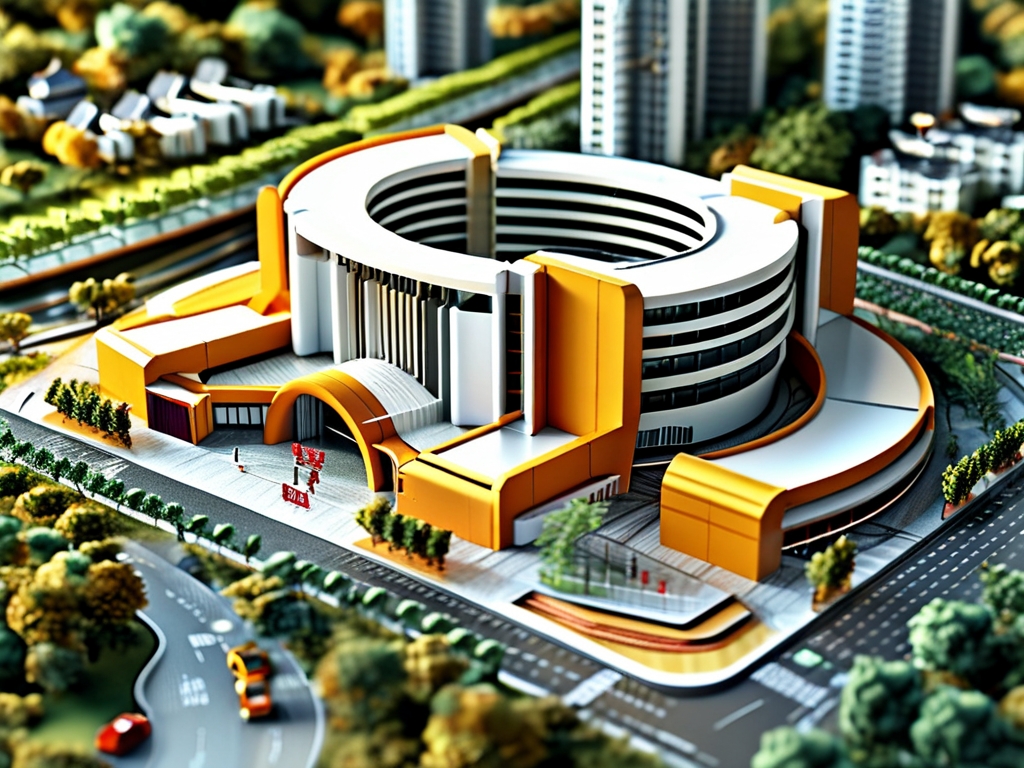The 2024 System Architect Soft Exam, a critical certification for IT professionals in China, continues to evolve in response to emerging technologies and industry demands. This high-stakes exam validates expertise in designing, optimizing, and managing complex systems, making it a cornerstone for career advancement in software engineering and enterprise architecture. Below, we explore the exam’s structure, emerging focus areas, and actionable strategies for success.
Exam Structure and Scope
The 2024 exam retains its three-part framework:
- Comprehensive Knowledge Test: Covers foundational concepts like distributed systems, microservices, and cloud-native architectures.
- Scenario-Based Design: Requires candidates to solve real-world problems, such as designing scalable e-commerce platforms or secure IoT ecosystems.
- Case Study Analysis: Evaluates critical thinking through legacy system modernization or cost-performance trade-off challenges.
New additions reflect industry shifts:

- AI-Driven Architecture: Questions on integrating machine learning pipelines into system design.
- Sustainability Metrics: Emphasis on energy-efficient infrastructure and carbon footprint analysis.
- Edge Computing: Scenarios involving latency-sensitive applications like autonomous vehicles.
Key Trends Shaping the 2024 Exam
1. Cloud-Native Dominance
The exam now prioritizes Kubernetes, serverless architectures, and multi-cloud strategies. Candidates must demonstrate proficiency in tools like Terraform and understand hybrid cloud security models. A case study might involve migrating a monolithic banking system to AWS/Azure while ensuring compliance.
2. Security-by-Design Mandates
With rising cyber threats, zero-trust architectures and DevSecOps workflows are heavily tested. Expect scenarios on securing API gateways or implementing GDPR-compliant data lakes.
3. AI/ML Integration
System architects are expected to design infrastructures supporting real-time AI inference. Topics include GPU resource allocation, model versioning, and ethical AI governance frameworks.

4. Sustainability Metrics
Green IT principles are now explicit in grading criteria. Candidates might optimize a data center’s cooling system or calculate the ROI of renewable energy adoption.
Preparation Strategies
1. Master Core Tools
- Diagramming: Practice UML, C4 models, and ArchiMate for clarity in design tasks.
- Simulation Software: Use tools like Cloudcraft to visualize AWS architectures.
2. Focus on Hybrid Scenarios
Recent exams blend multiple domains. For example, a question might require designing a blockchain-based supply chain system with AI-driven anomaly detection. Tackling integrated problems sharpens adaptive thinking.
3. Leverage Open-Source Projects
Analyze GitHub repositories like Kubernetes autoscaling solutions or Apache Kafka event-driven systems. Reverse-engineering these builds practical intuition.
4. Time Management Drills
The scenario-based section is time-constrained. Simulate exam conditions using past papers, allocating no more than 45 minutes per complex design task.
5. Ethics and Compliance
Study China’s Data Security Law and global standards like ISO/IEC 42001 (AI governance). Memorizing frameworks alone isn’t enough—apply them to cases like cross-border data flow restrictions.
Common Pitfalls to Avoid
- Over-Engineering: A 2023 survey found 32% of failures stemmed from unnecessarily complex designs. Prioritize simplicity and scalability.
- Ignoring Legacy Systems: Many scenarios involve modernizing COBOL or ERP systems. Practice incremental migration strategies.
- Underestimating Documentation: Clear annotations in diagrams account for 15% of scoring. Use standardized symbols and concise notes.
Industry Insights from Top Performers
Interviews with 2023 high scorers reveal consistent patterns:
- Daily Mock Tests: Allocate 2 hours daily for timed practice.
- Peer Review Groups: Collaborate to critique designs and share cloud cost-optimization hacks.
- Focus on Failure Analysis: Study post-mortems of outages like AWS us-east-1 disruptions to understand resilience design.
The 2024 System Architect Soft Exam demands both technical depth and strategic thinking. By aligning preparation with emerging trends like AI integration and sustainable design, candidates can position themselves for success. As systems grow more interconnected, this certification remains a powerful validator of expertise in an increasingly competitive field. Start early, practice relentlessly, and embrace the iterative nature of modern architecture.









